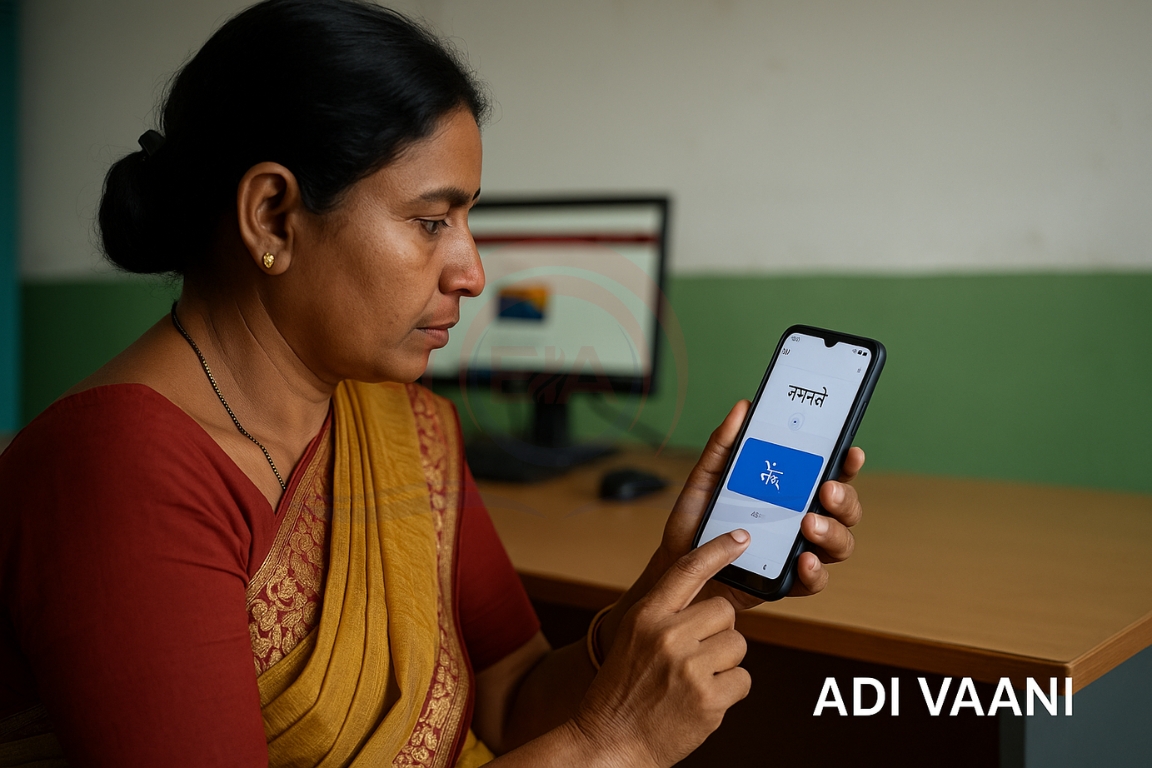The amendment of Section 8(1)(j) of the RTI Act through the Digital Personal Data Protection Act has sparked concerns, as experts fear it may dilute transparency and restrict access to information.
Background of RTI
- The RTI Act (2005) is based on the principle that government-held information belongs to the citizens.
- The government acts as a trustee of this information and must disclose it unless exempted under specific provisions.
- Section 8 of the Act provides exemptions to protect national security, sovereignty, and individual privacy.

Original Section 8(1)(j)
- Allowed denial of “personal information” only if: It had no relation to public activity, or It was an unjustified invasion of privacy.
- Contained a safeguard: information that cannot be denied to Parliament or State Legislatures cannot be denied to citizens.
- This provision ensured a balance between transparency and privacy.
Amendment by DPDP Act
- Section 8(1)(j) has now been shortened drastically.
- The definition of “personal information” is left unclear. Two interpretations exist: Narrow view: limited to natural persons (individuals). Broad view under DPDP: includes individuals, families, companies, associations, and even the State.
- If the broader view is applied, most government records could be classified as “personal information”.
- DPDP law also overrides other laws in case of conflict and imposes heavy penalties (up to ₹250 crore) on wrongful disclosure, making officers hesitant to share data.
Implications of the Change
- Weakening Public Oversight: Citizens are the best monitors against corruption. Denial of data curtails their ability to question governance.
- Denial of Vital Records: Even basic documents like corrected mark sheets, pension beneficiary lists, or signed official orders may be refused as “personal information”.
- Encouraging Corruption: Information on ghost employees, fake cards, or misuse of funds can be hidden, creating space for unchecked corruption.
- Failure of Larger Public Interest: Though Section 8(2) allows disclosure in larger public interest, in practice it is rarely invoked.
Call for Action:
- Spread awareness through public debates and media.
- Demand political commitments to restore RTI provisions.
- Recognize this as a core democratic issue, not just a technical legal change.
RIGHT TO INFORMATION (RTI) ACT, 2005
Right to information (RTI) Came into force on 12th October 2005. To promote transparency and accountability in government functioning by giving citizens the right to access information held by public authorities.
- RTI is considered a fundamental right under Article 19(1)(a) (Freedom of Speech and Expression).
Important Features
Right to Seek Information
- Citizens can request information from any public authority (government body, institution, or organization substantially funded by the government).
- Information must be provided within 30 days (48 hours if it concerns life or liberty).
Public Information Officers (PIOs):
- Each public authority must appoint PIOs to handle RTI requests.
Exemptions (Section 8 & 9):
- Certain information cannot be disclosed if it affects national security, sovereignty, foreign relations, trade secrets, or individual privacy.
Appeals Mechanism:
- If information is denied, citizens can appeal to:
- First Appellate Authority (within the department).
- Central/State Information Commissions as the final authority.
- If information is denied, citizens can appeal to:
Penalties:
- PIOs can be fined ₹250 per day (up to ₹25,000) for unjustified refusal or delay in providing information.
Oversight Body:
- Central Information Commission (CIC) and State Information Commissions (SICs) monitor implementation.
Conclusion:
The RTI Act empowered citizens to question governance and curb corruption. Diluting it through broad “personal information” exemptions risks transforming it into a “Right to Deny Information”. Safeguarding transparency is essential for protecting democracy and accountability in India.





